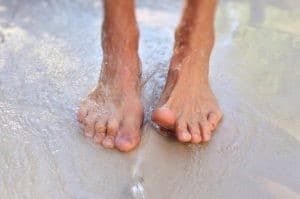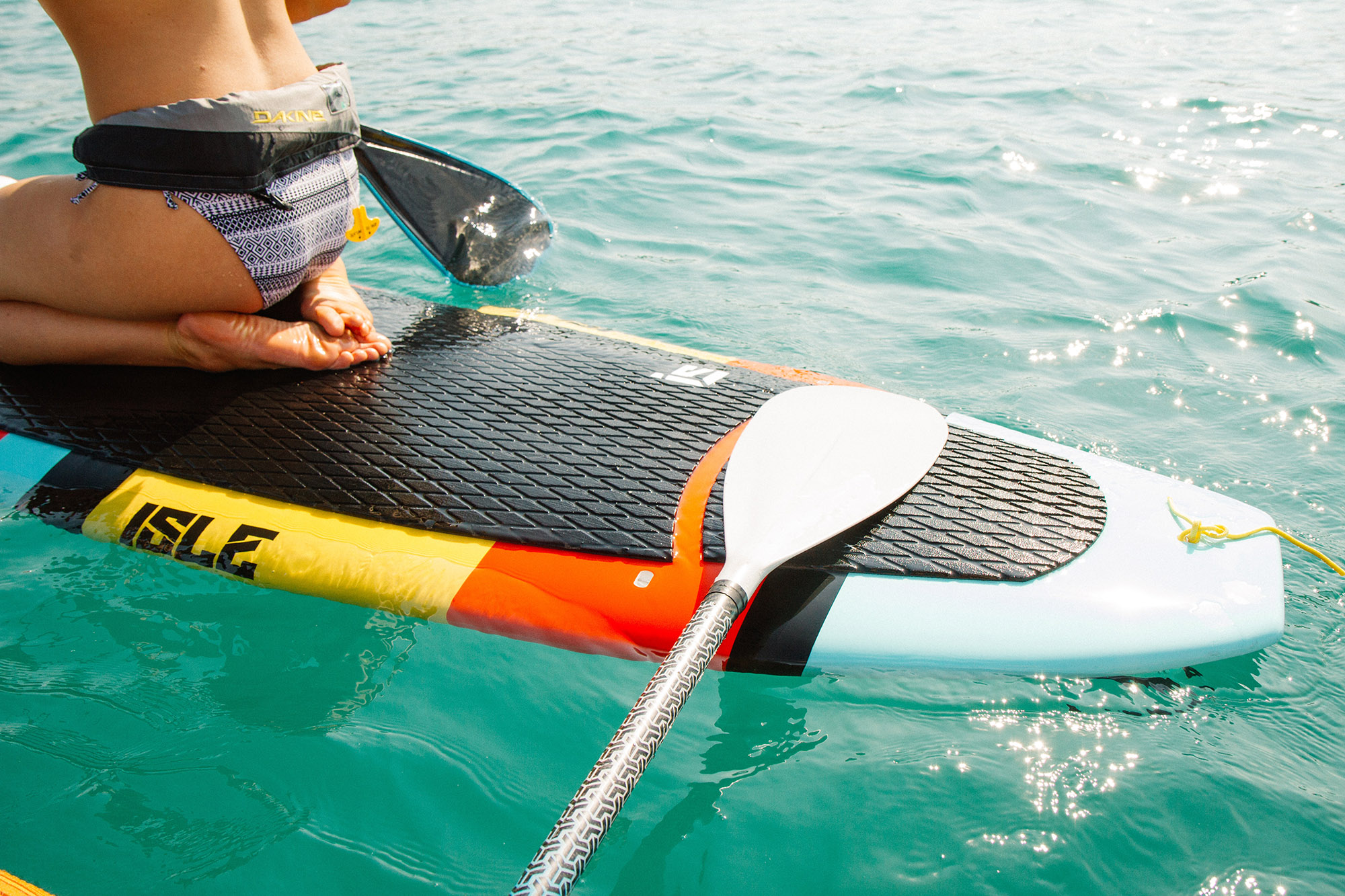
Flat Feet
Having ‘flat feet’ is the most common term people use to describe their feet.
What are flat feet?

The medical term for flat feet is Pes Planus. This refers to a foot that has a flattened arch.
There are a number of causes for flat feet; many of them are due to some form of genetic predisposition. It may be that the bony alignment in your foot just sits that way. Compared to a standard foot the ligaments within the foot may be more mobile and that’s just the way it is.
Having weaker intrinsic foot muscles may also cause your foot to appear flat, as they are not strong enough to hold the feet with an arch. This may cause the foot to appear flat when you stand barefoot. The foot may take on that shape to compensate for other issues.
Tight calves or a leg length discrepancy can cause compensation to occur. There could be a weakness, or rupture, of the tibialis posterior tendon, which is an important tendon for maintaining the arch height- good tibialis posterior function is important for locomotion as well. Their may be an abnormal fusion of bones inside the foot.
A flat foot on its own does not have to be the cause of pain or injury. The compensation and unnatural movement of the foot can cause discomfort.
Do flat feet and pronation exist together?
This movement is called pronation. Pronation is the way the foot rolls inward when you walk and run. It is part of the natural movement that helps the lower leg deal with shock. Some people pronate more than others.

As the foot comes into contact with the ground the foot naturally pronates. This is a normal shock absorption mechanism. A small amount of pronation is important and healthy, however if the movement is excessive – such as is often seen with flat feet – the force on the supporting structures can be increased to a point where they become stressed and damage occurs.
When the foot pronates, or rolls in, there is tension placed upon the muscles and tissues in the bottom of the foot, as well as those at the inside section of the lower leg. The tibia rotates inwardly, which can change the position of the knee joint. Similarly, the femur also rotates inward. This causes the hip to tilt down forward and inward – increasing the load through the foot.
As a result, excessive pronation movement of the foot can contribute to a wide variety of problems. These body problems include bunion development, plantar fasciitis, medial tibial stress syndrome, tibialis posterior tendinopathy, knee pain, hip pain, and back pain.
Physiotherapists treat pain associated with over pronation by assessing muscular strength and range of motion of all of the joints in the leg and foot. If currently dealing with an injury associated from flat feet, a physiotherapist can perform manual therapy to provide pain relief. The most important part of seeing a physiotherapist is to treat the actual cause of the injury. Injuries associated with flat feet can usually be counteracted with a specific and structured exercise program to increase the muscular endurance and strength in the feet and calves. Correct footwear use can also stop over pronation.
If you have flat foot related pain or want a strength program to address issues with flat feet give us a call on 07 3352 5116 or book in with our resident Brisbane exercise physiologist and physio team!





